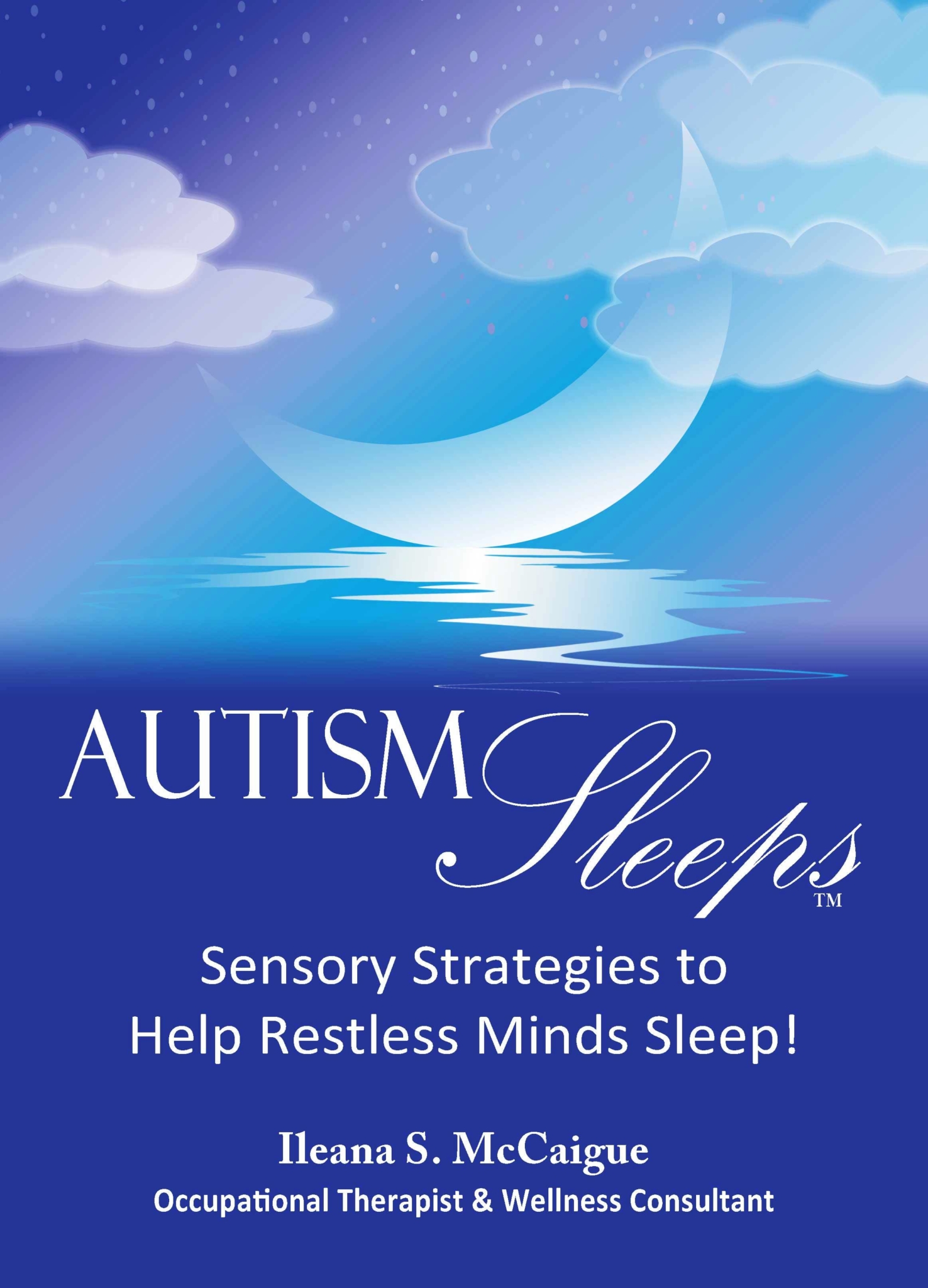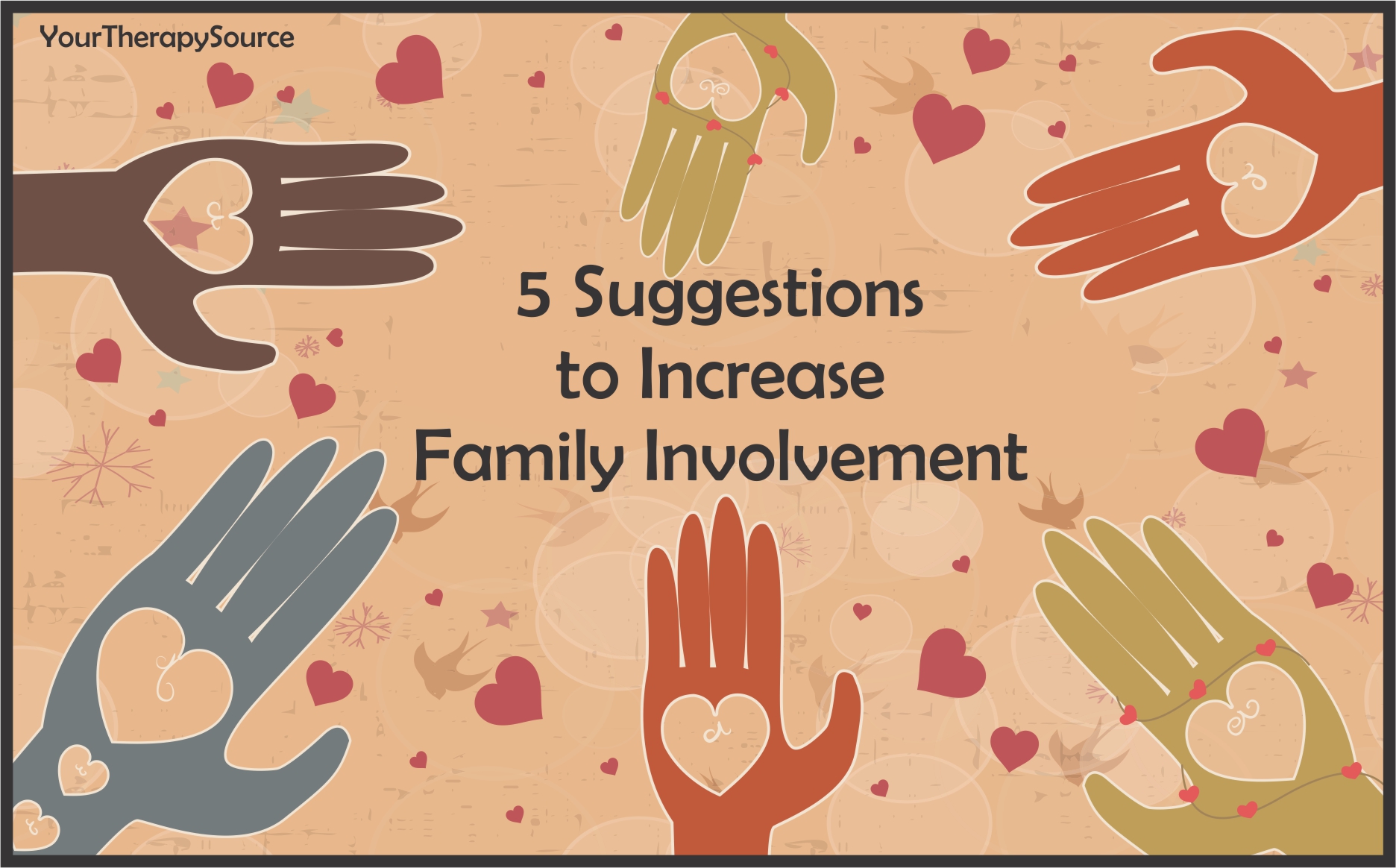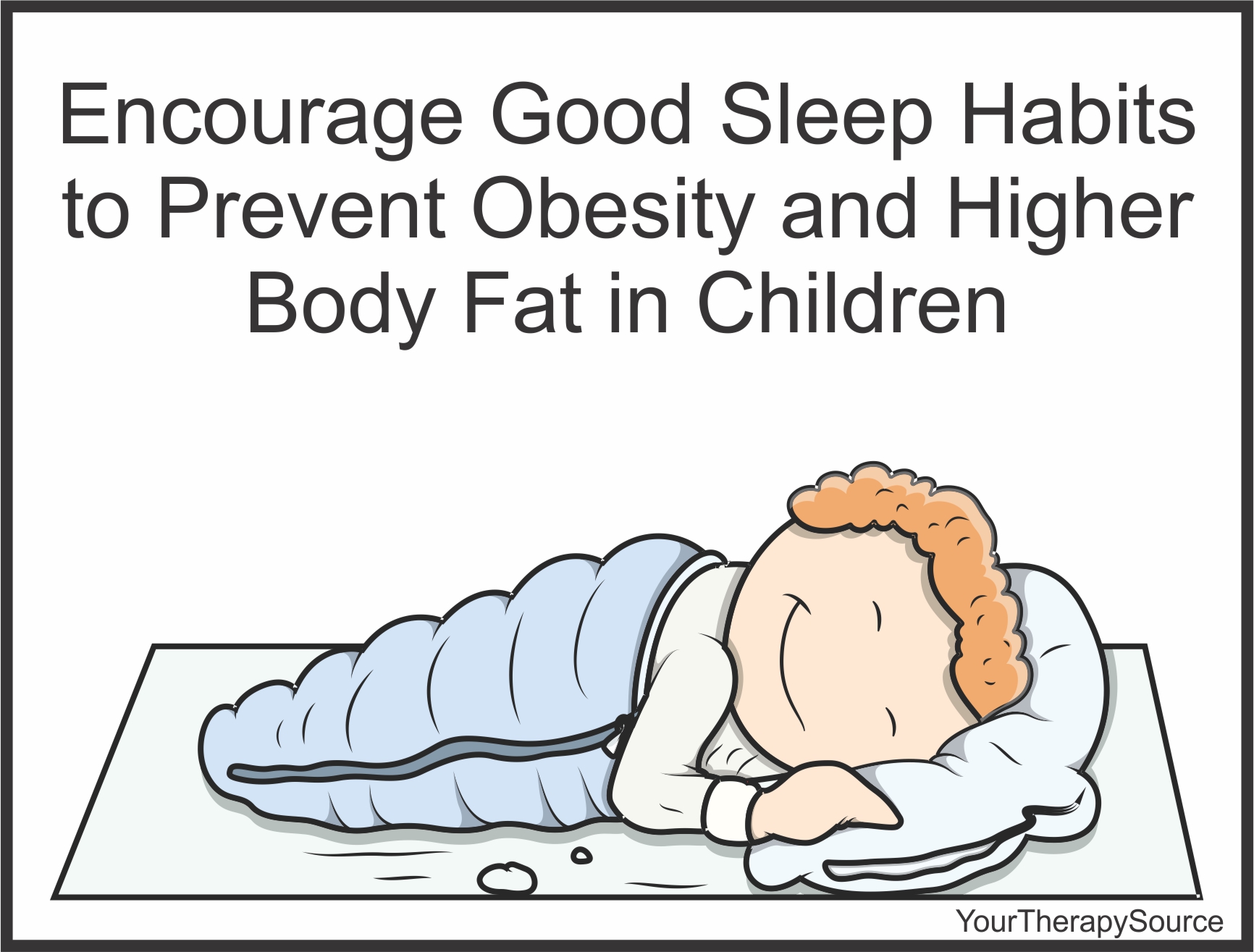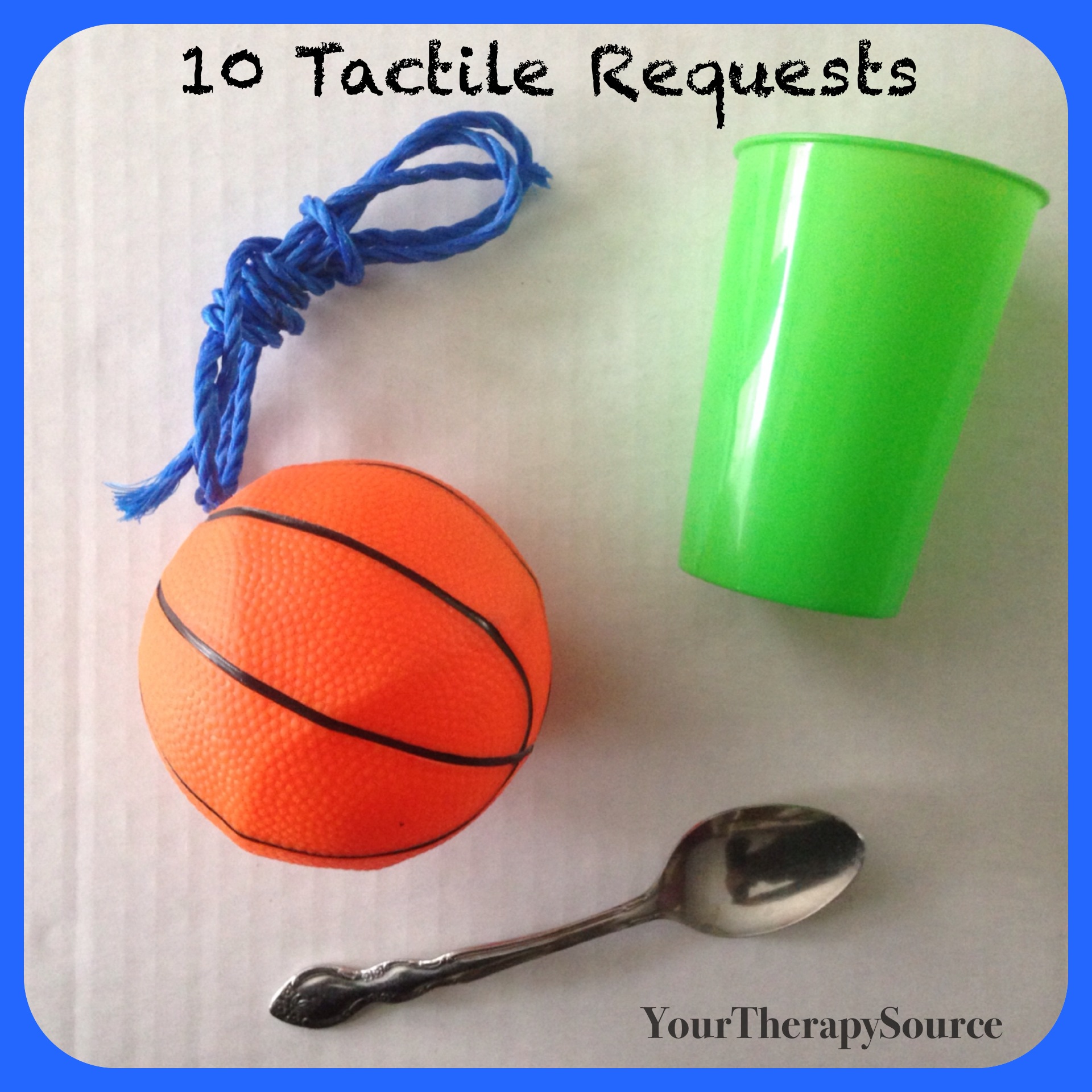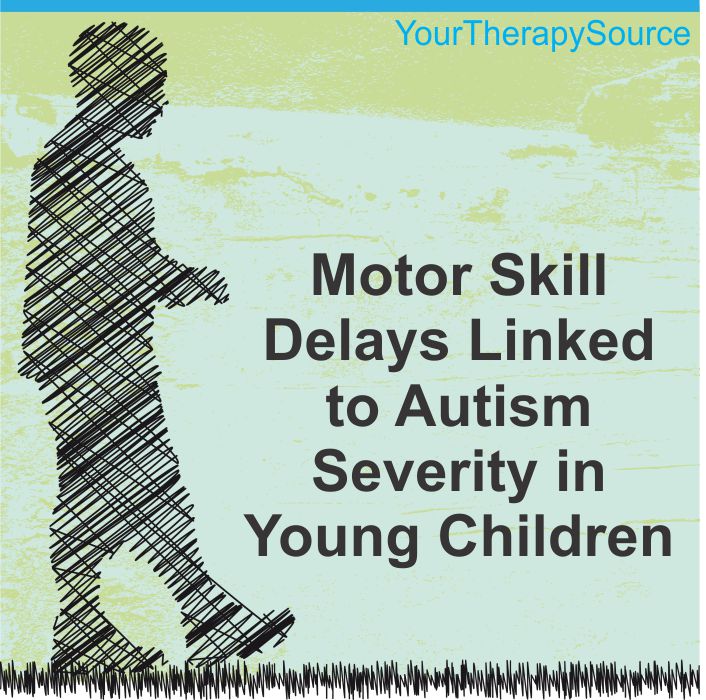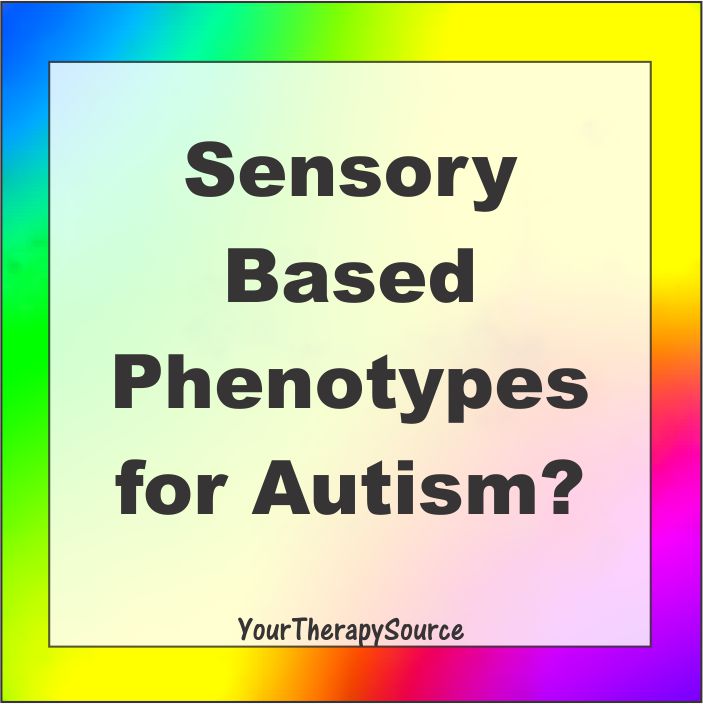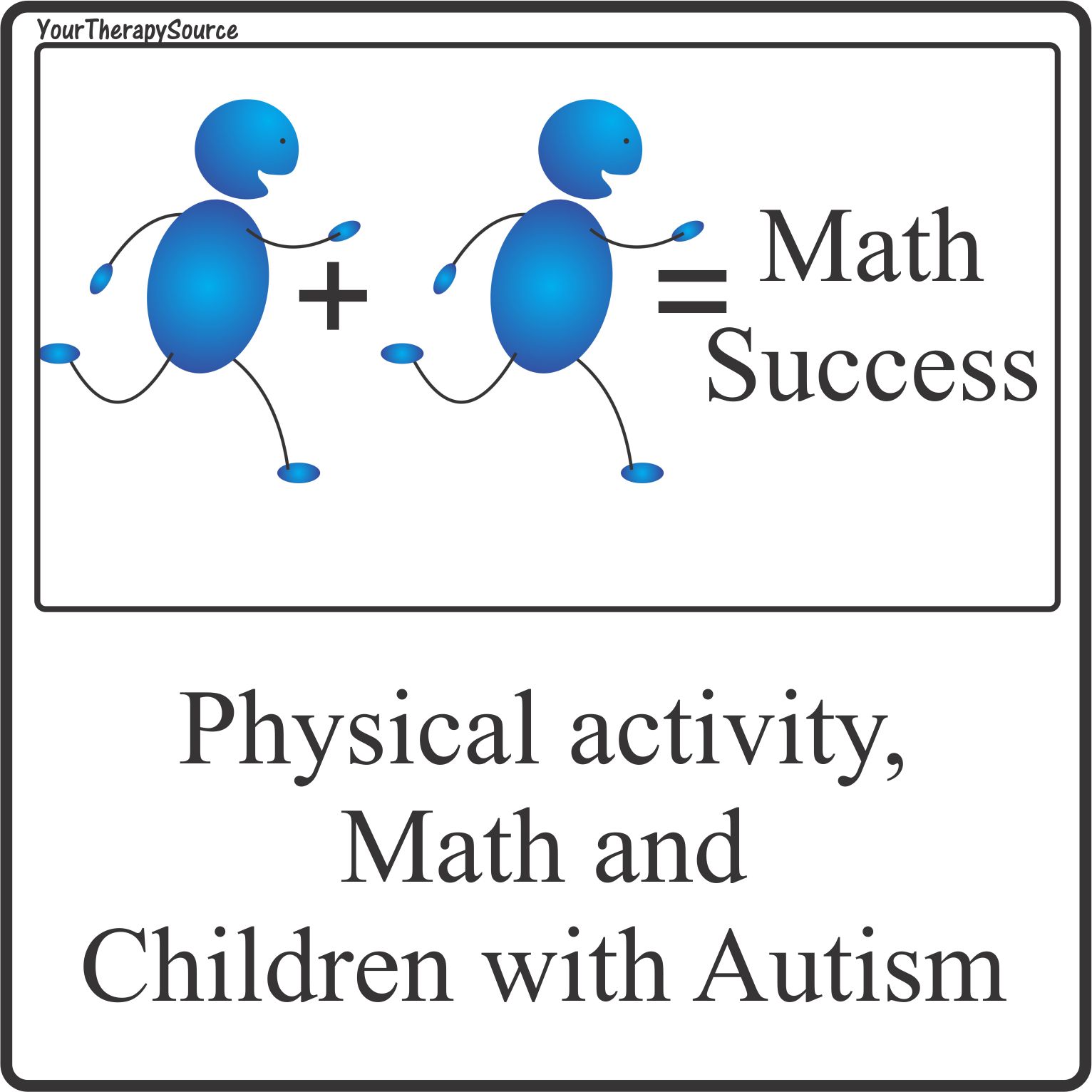Effects of Weighted Blanked on Sleep Problems in Children with Autism
Pediatrics published research on a randomized phase III trial determining the effectiveness of a weighted-blanket intervention in treating severe sleep problems in children with autism spectrum disorder (ASD). Sixty seven children were randomized into a weighted blanket group or a control group (regular blanket). The blankets were introduced at bedtime and used for a two […]

